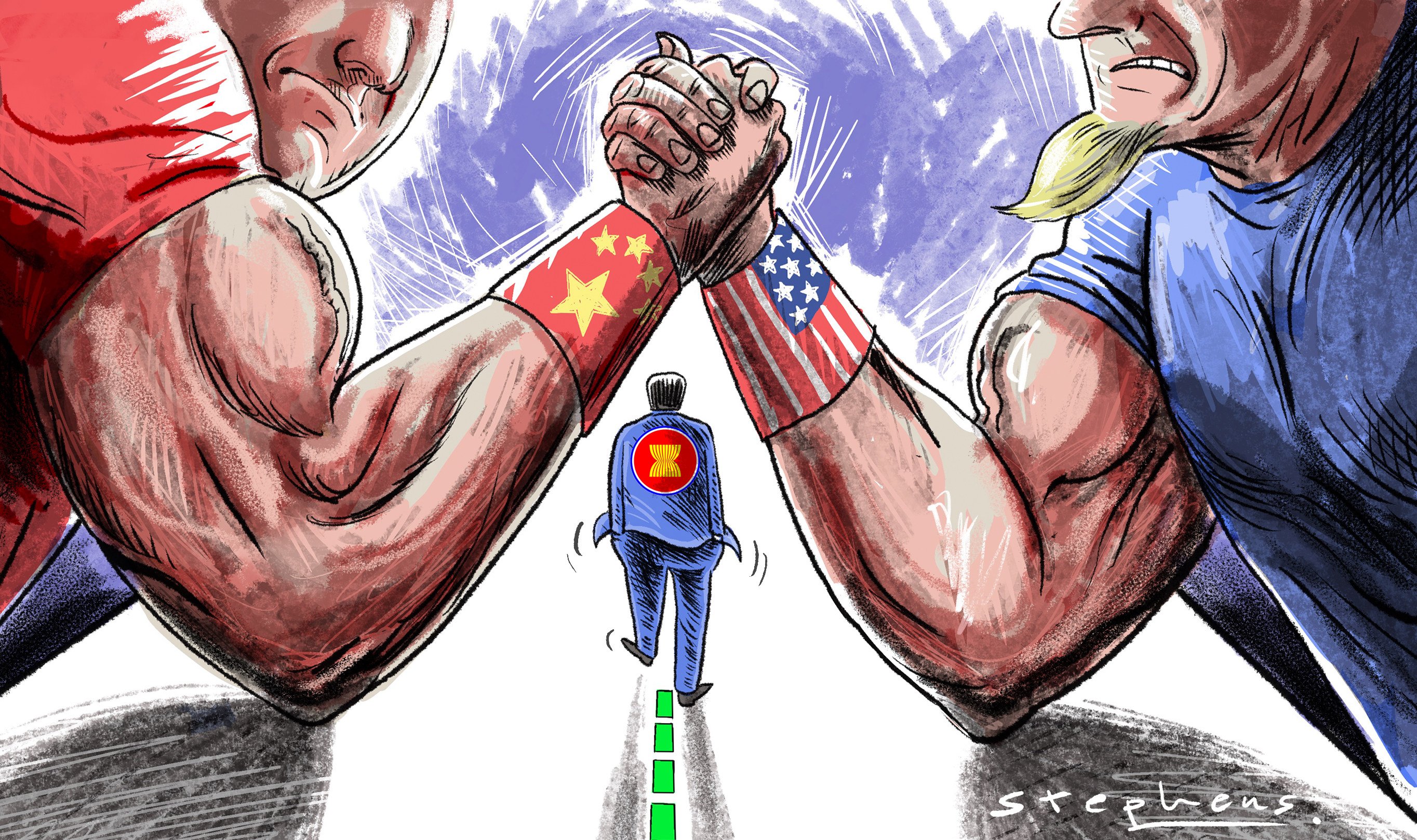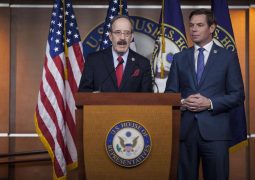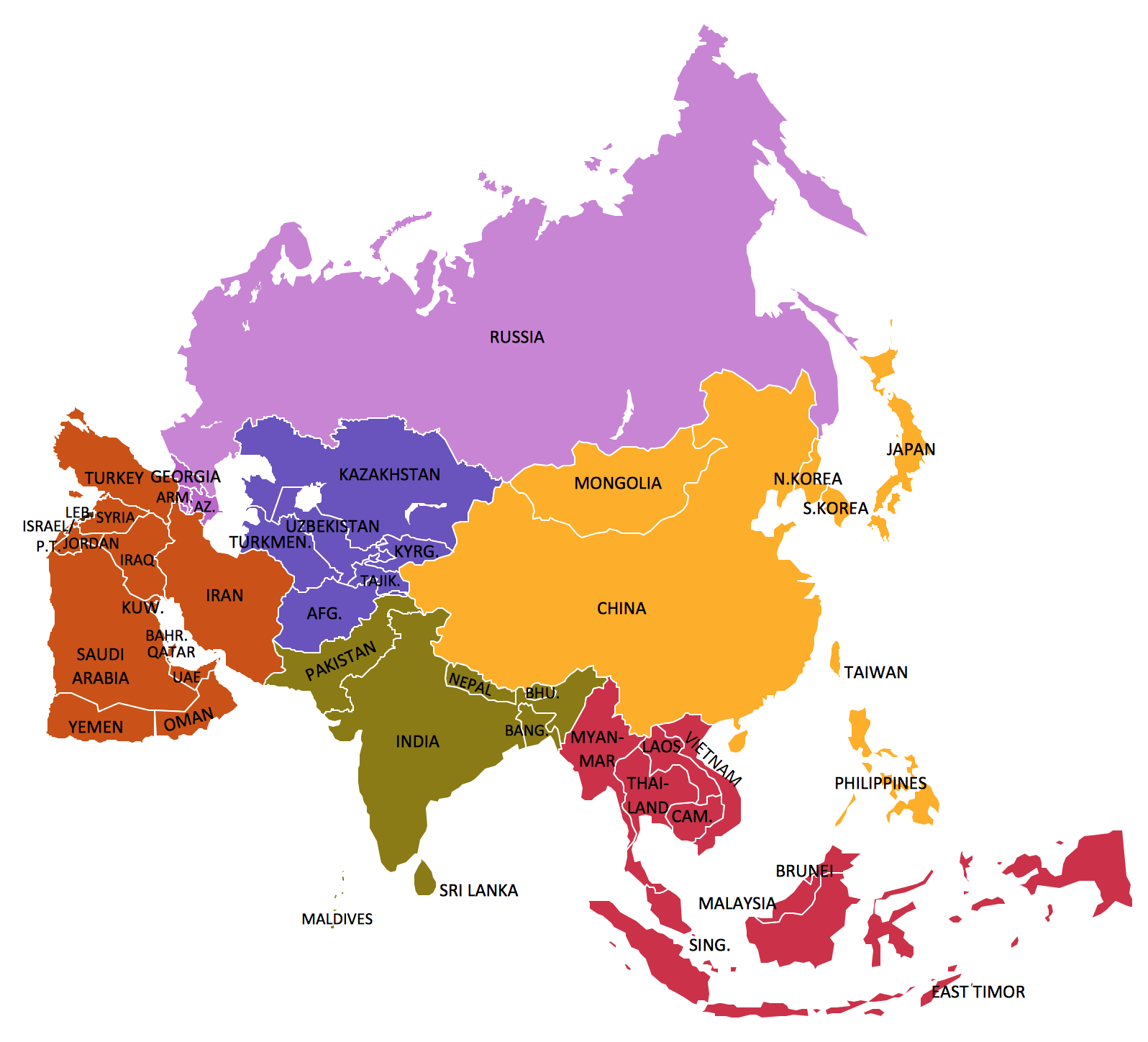Can (or Will) ASEAN Truly Remain Neutral Between the US and China?

Malaysia’s approach as chair epitomizes the bloc’s difficult balancing act.

In April 2025, Xi embarked on state visits to Malaysia, Vietnam, and Cambodia, underscoring economic and trade cooperation and emphasizing the importance of ASEAN unity in the face of U.S. trade protectionism – particularly the high “reciprocal tariffs” introduced under President Donald Trump. To look at Malaysia specifically, just before Xi’s arrival, the United States had announced an increase in tariffs on Malaysian goods to 24 percent.

Following negotiations, Washington subsequently reduced the rate to 19 percent on the condition that Malaysia commit to purchasing more than $240 billion worth of American exports, including Boeing aircraft, coal, and telecommunications equipment – an arrangement aimed at narrowing the U.S. trade deficit with Malaysia.
ASEAN is currently China’s largest economic partner, yet the region has also been among the most affected by the tariff regime under Trump. The United States now levies import duties of 19 percent on goods from Thailand, Indonesia, the Philippines, and Cambodia, 20 percent on Vietnam, and 25 percent on Brunei. Laos and Myanmar face the highest rates in Southeast Asia – 40 percent – second only to Syria’s global peak of 41 percent.

What do these developments tell us about whether Anwar’s proclaimed “policy of nonalignment” for ASEAN has indeed become a firmly established principle, or remains, in practice, a matter of diplomatic rhetoric?
Dr. Mohd Ramlan Mohd Arshad, a senior lecturer at the Faculty of Administrative Science and Policy Studies at Universiti Teknologi MARA (UiTM), argued that neutrality between the United States and China remains a core tenet of Malaysia’s foreign policy – but in practice, it is far more nuanced. While Malaysia’s official rhetoric emphasizes nonalignment and strategic balance, its approach is closer to a pragmatic hedging strategy than absolute neutrality.

“Neutrality is both a genuine foreign policy position and a carefully designed strategy for navigating the complexities of great power competition,” Ramlan said.
In reality, economic and security considerations often shape Malaysia’s behavior, leading it to lean toward one side or the other on specific issues.
- Previous After 9/11/25 Israeli attack on Qatar, worrying Turks to rely on homemade ai rdefences
- Next China’s plan to build a nature reserve in the Scarborough Shoal – no go zone for Phillipines and others

















